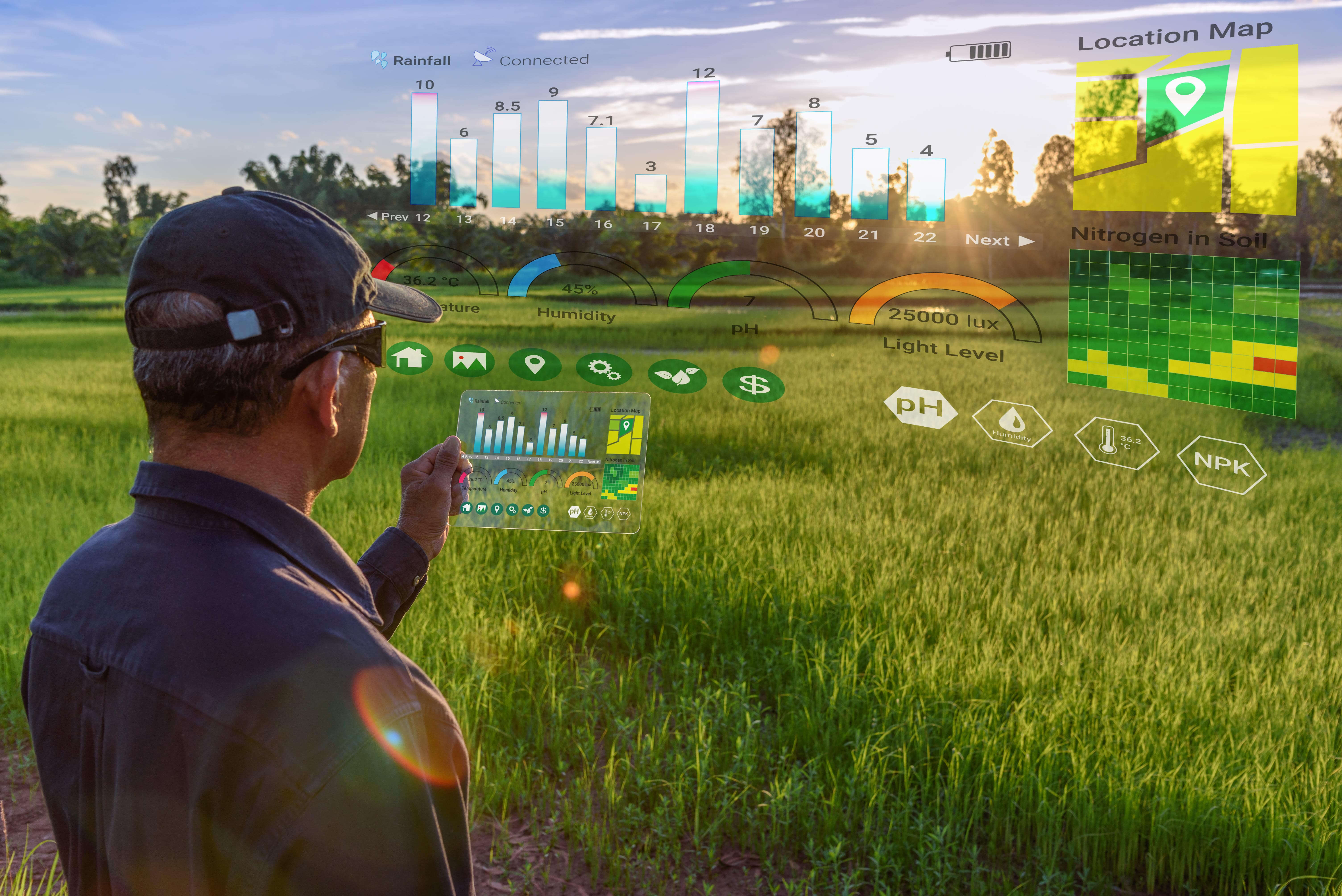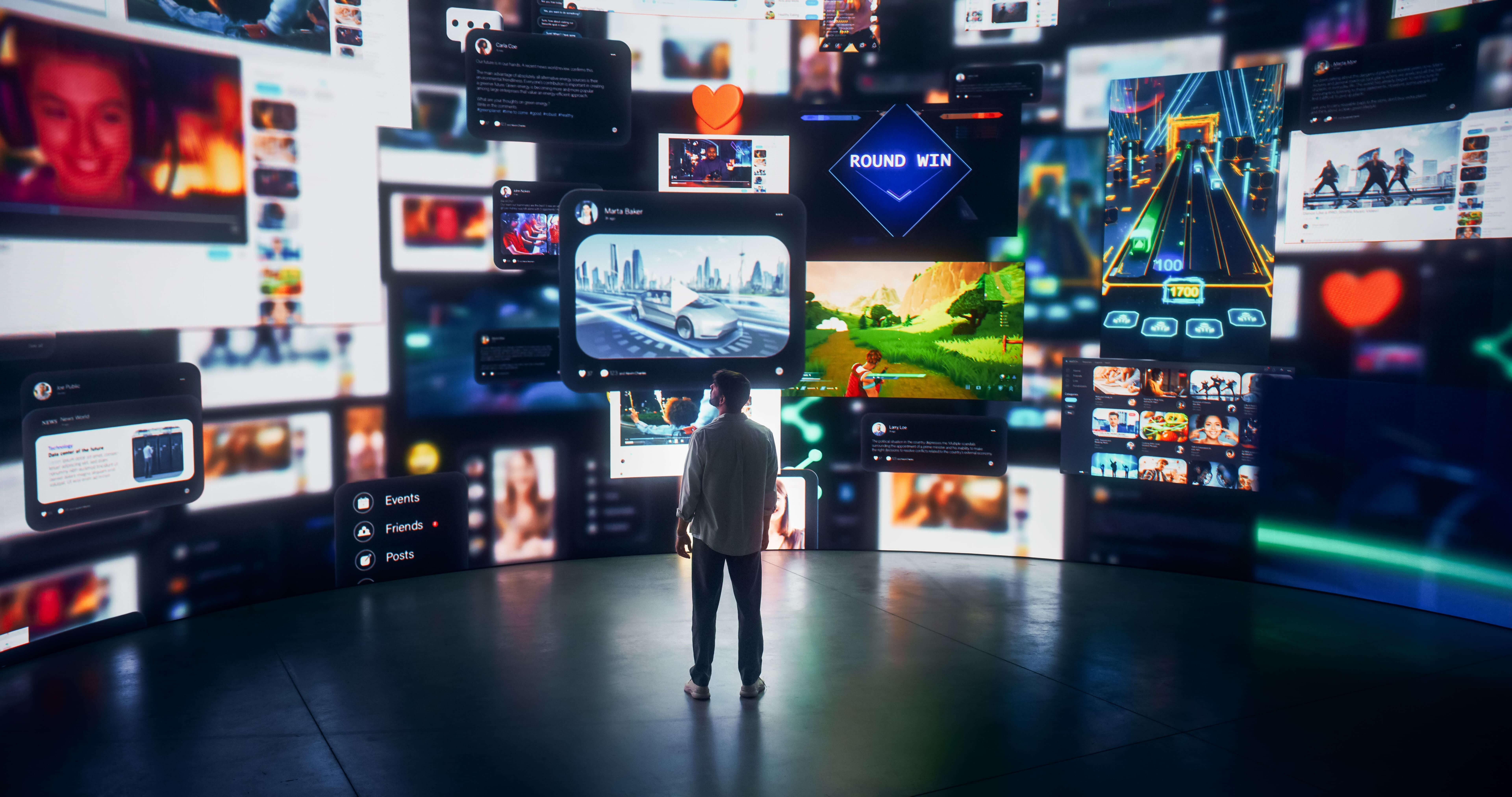In today’s fast-paced world, where digital experiences are increasingly becoming the norm, augmented reality (AR) is providing an innovative way to engage and captivate audiences. Whether it's through WebAR or dedicated AR apps, this technology is transforming events, from concerts and conferences to exhibitions and brand activations, into immersive and memorable experiences. This blog post explores how augmented reality, through both web-based platforms and applications, is enhancing event experiences for attendees, making every moment unforgettable.
The Magic of WebAR in Events
Instant Accessibility for Attendees: WebAR, or web-based augmented reality, offers a seamless entry point for event-goers. With no app downloads required, attendees can instantly access AR content through their smartphones, using a simple link or QR code. This ease of access ensures that everyone can join in the fun, regardless of the device they use, enhancing the overall event experience.
Innovative Engagement Strategies: From interactive posters to augmented reality invitations, WebAR enables event organizers to engage with attendees in unique and innovative ways. Imagine scanning a QR code on a concert ticket to unlock exclusive AR content from the artist or using a web-based AR game to navigate through a conference. These strategies not only amplify the excitement but also foster a deeper connection with the event.
Powering Experiences with AR Apps
Tailored and Immersive Experiences: While WebAR provides accessibility, dedicated AR apps take immersion to the next level. These applications, designed specifically for events, can offer tailored experiences that leverage the full potential of AR technology. From virtual meet-and-greets with artists to augmented reality guides for exhibitions, AR apps can provide a rich, immersive, and personalized experience for each attendee.
Enhanced Interactivity and Engagement: AR apps allow for a higher level of interactivity, with features such as location-based content, AR photo booths, and interactive sessions that can significantly enhance attendee engagement. By encouraging participation through these interactive elements, events can create a more dynamic and engaging atmosphere.
Integrating AR into Your Event Strategy
Start with Your Audience in Mind: Understanding your audience is key to successfully integrating AR into your event. Tailor your AR content to match the interests and tech-savviness of your attendees, ensuring it adds value to their overall experience.
Promote AR Features Before the Event: To maximize engagement, promote your AR features well in advance. Use social media, email marketing, and other channels to tease AR content and explain how attendees can access it, building anticipation before the event.
Measure and Iterate: After the event, gather feedback and analyze data to measure the impact of your AR features. Understanding what worked well and what didn’t will help you refine your approach for future events, ensuring each experience is better than the last.
Conclusion: A New Dimension for Events
Augmented reality, whether through WebAR or dedicated AR apps, is adding a new dimension to event experiences. By making events more accessible, interactive, and immersive, AR technology is setting a new standard for engagement. As we look to the future, the integration of augmented reality into events promises not only to enhance the attendee experience but also to create unforgettable moments that resonate long after the event concludes.




